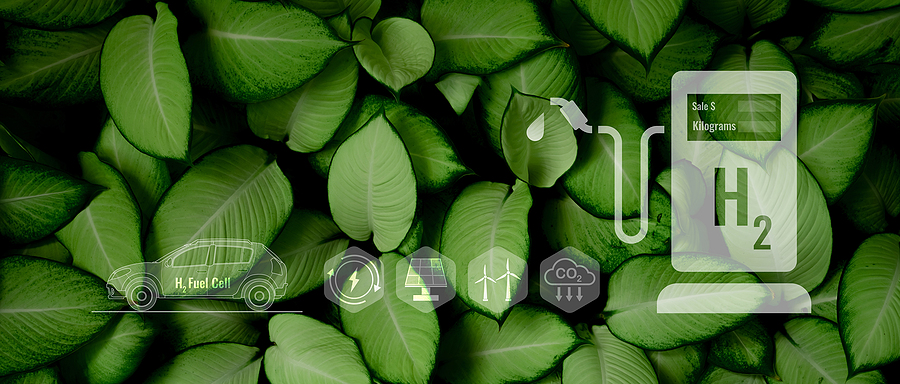Giga-scale renewable energy and green hydrogen production will be fast-tracked in the Northern Territory at a contentious precinct in Darwin.
The NT government has awarded major project status to French oil giant TotalEnergies’ green hydrogen project, known as TE H2, at the Middle Arm precinct on the harbour.
The green hydrogen production facility will use solar energy to produce more than 80,000 tonnes of renewable-based hydrogen each year, according to the NT government.
The development involves more than two gigawatts of solar generation on 5000 hectares of land to power a 1GW electrolyser.
TE H2 Australia’s managing director Kam Ho said the “cornerstone project” aims to be the first solar-powered green hydrogen production and export project in the territory, delivering sustainable and cost-competitive energy.
“Major project status marks a significant milestone in the project development,” he said, ahead of a final investment decision due in 2027.
Promising 800 jobs during construction and 175 positions when operational, the hydrogen will be available for domestic use and export.
The Middle Arm zone, branded a sustainable development precinct and backed by federal funding, is under scrutiny by the Senate because of plans to use it for the export of gas from the Beetaloo basin.
But Chief Minister Eva Lawler said the TE H2 project is an example of sourcing new clean energy projects that will significantly contribute to the territory’s drive to have net zero emissions by 2050.
“With our abundant solar resources and our strategic location to support exports into the Indo-Pacific, the production of green hydrogen is a key opportunity for the territory to address the growing demand for this green energy globally, she said.
Separately, one of the world’s largest renewable hydrogen plants is being built in the Pilbara region in Western Australia
The renewable hydrogen and ammonia project near Karratha will be capable of producing up to 640 tonnes of renewable hydrogen per year when completed.
Marion Rae
(Australian Associated Press)





